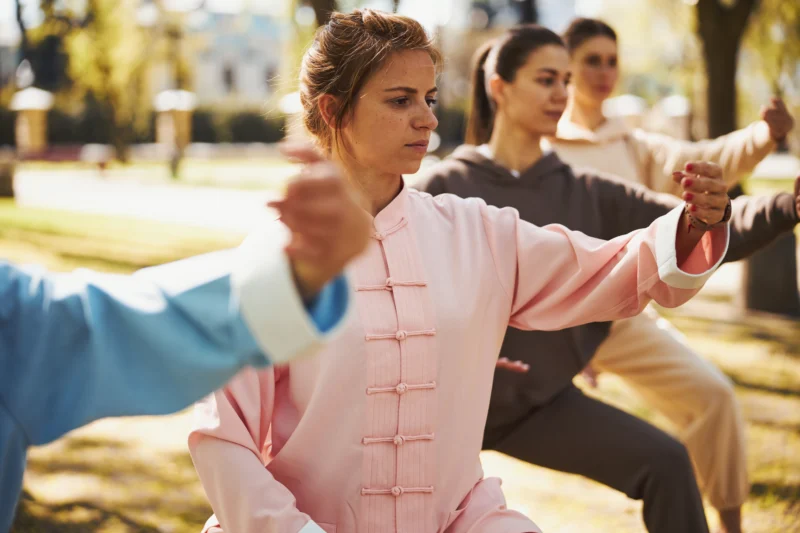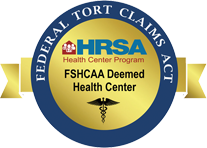
Summer is usually associated with fun memories related to the warm weather and the increased opportunities for outdoor recreation. Some of the most fun with summer tends to involve sporting activities, hiking, biking, boating, vacationing…the list goes on. The fun of warmer temperatures also comes with the risk of experiencing heat related illness, especially for those regularly participating in physically active or demanding activities. Heat related illnesses include Exertional Heat Illness (EHI) and Non-exertional Heat Illness (NHI). Heat Stroke is a common problem that can fit into both Exertional and Non-exertional Heat Illness and is defined as an increase in core body temperature (usually at or higher than 105 ° F) that is accompanied with shut down of the central nervous system, in the setting of environmental heat exposure. This is a serious and potentially fatal condition. Common risk factors associated with both EHI and NHI include:
- Lack of acclimatization, such as recently moving to a hot climate from a more temperate region
- Obesity
- Poor physical condition
- Age, including very young or old
- Dehydration
- Chronic Health Conditions such as diabetes, hypertension, or heavy alcohol use
Prevention is best when it comes to heat related illnesses. Understanding the risk factors mentioned above, in addition to adequate preparation, can help you be safe during the hot months. Preparation can include being adequately hydrated, regularly being physically active, avoiding doing strenuous activities during the extremely hot parts of the day, and managing chronic health conditions.
Recognizing the signs of heat illness can be key to getting proper treatment. Signs and symptoms common to both NHI and EHI include high heart rate, weakness, nausea and/or vomiting, headaches, muscle cramps, and profuse sweating. Findings that the condition is more serious and requires immediate medical evaluation include abnormal behavioral changes, loss of consciousness, rapid and shallow breathing, slurred speech, and even seizures. In the absence of these “red-flag” conditions it is reasonable to attempt treatment at home by doing things such as moving into the shade or an air-conditioned area, using a spray bottle to wet the skin and sitting in front of a fan, re-hydration with water or a sports drink (alcohol and caffeine should be avoided), cool bath or shower, and putting a cold pack in the armpits, neck or groin area.
Summertime can and should be associated with happy, pleasant memories and simple steps as mentioned above can help ensure that common heat related illnesses, and potential tragedies are avoided.
Misconceptions about Heat Illnesses with explanations:
- Athletes stop sweating when they develop EHI.
- This is inaccurate, and in fact most athletes are sweating profusely when they collapse due to EHI
- A person must be severely dehydrated to develop heat related illness.
- While dehydration is a risk factor for all heat related illnesses and can exacerbate the problem, it is not a required condition for diagnosis.
- No abnormal behavioral/mental changes in a person with signs/symptoms of heat illness, means that there is no significant problem.
- This is false and has contributed to delayed treatment for life-threatening heat related illnesses. Many people with impending heat stroke are often initially lucid, but rapidly progress into more severe illness.
– Cory Gunn is a physician associate at Health West Chubbuck. He earned a bachelor’s degree in athletic therapy from Weber State University and a Master of Physician Assistant Studies from Northern Arizona University. He is accepting new patients.








